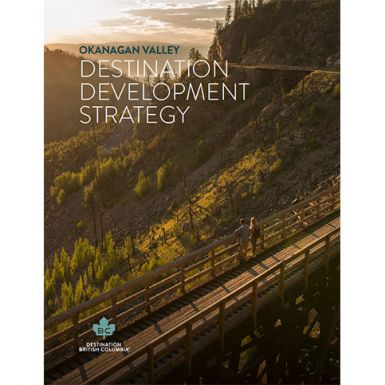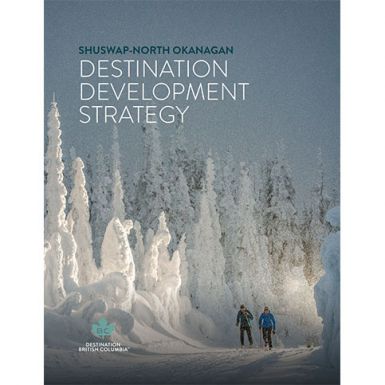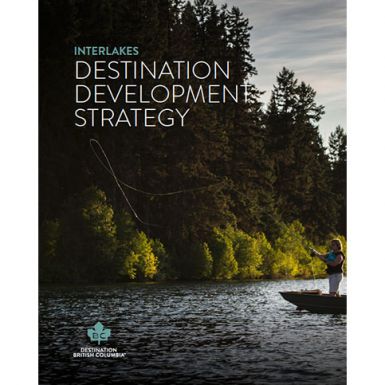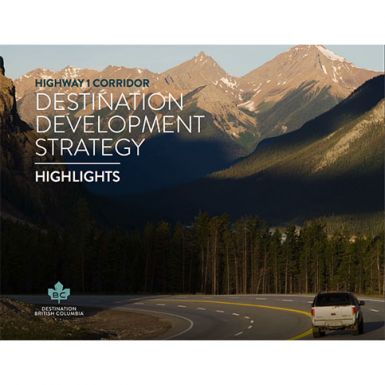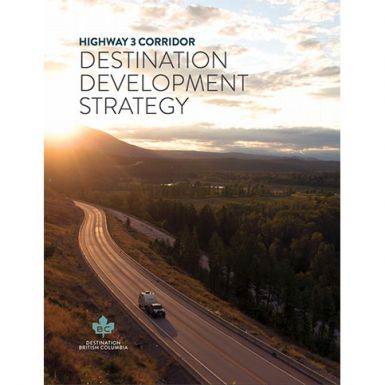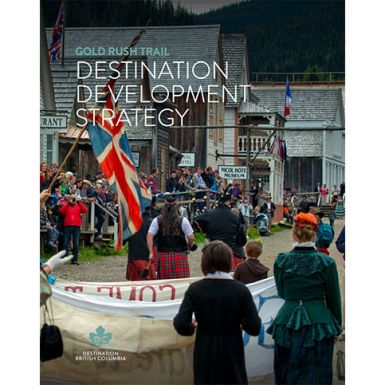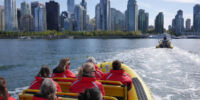Thompson Okanagan

Thompson Okanagan
North Thompson & Nicola Valleys
Okanagan Valley
Shuswap-North Okanagan
Interlakes
Highway 1 Corridor
Highway 3 Corridor
Gold Rush Trail
North Thompson & Nicola Valleys
Okanagan Valley
Shuswap-North Okanagan
Interlakes
Highway 1 Corridor
Highway 3 Corridor
Gold Rush Trail
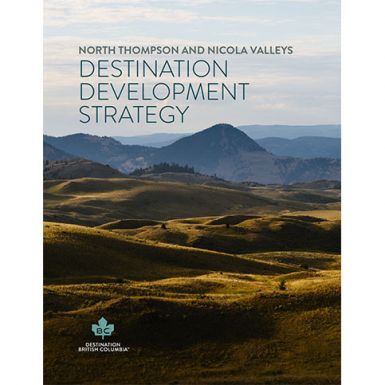
The planning area encompasses a portion of the Regional District of Fraser-Fort George and from Porcupine Meadows Park southwest to Savona, and the remainder south of the area, just south of Kamloops, along 5A until Sun Peaks in the east, with communities along Highway 1 of the Thompson-Nicola Regional District (TNRD). Municipalities include McBride, Valemount, Clearwater, Barriere, Sun Peaks, Kamloops, Logan Lake and Merritt.
The area has concluded their Destination Development Strategy and are working on implementation. A few key themes of this strategy focus on building additional, outdoor adventure experiences, Indigenous tourism products and the development of additional agritourism opportunities.
Regional documents
View AllRegional destination development
Get in Touch
To find out more about the Destination Development program or to determine the best way for you to participate, contact Thompson Okanagan at info@to
Subscribe for the latest news and program updates from Destination BC
Receive updates, research and news you can use.

